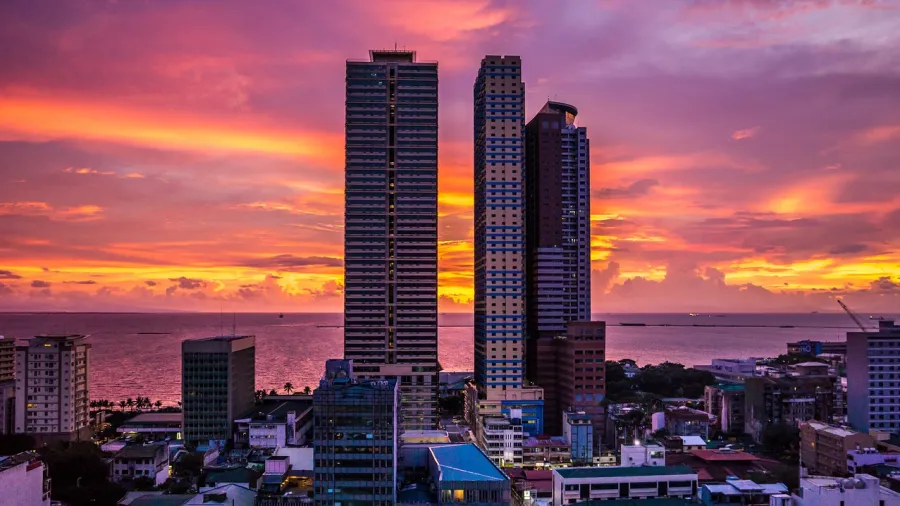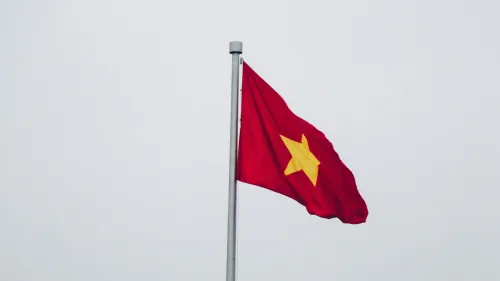
PH launches Phase 1 of the National Fibre Backbone project
The initiative is expected to lower the price of internet connectivity to as much as $5 per Mbps.
The Philippine government has launched the first phase of its National Fibre Backbone (NFB) project which aims to enhance public service delivery and drive economic growth in the country through reliable Internet connection
The Philippine Department of Information and Communications Technology (DICT) led the kick-off of the (NFB) Phase 1 which comprises a 1,245-kilometre cable network from Laoag, Ilocos Norte to Roces, Quezon City, illuminating 28 nodes and delivering an initial 600 Gbps optical spectrum capacity.
This will connect 14 provinces across Northern and Central Luzon, Metro Manila, four Bases Conversion Development Authority (BCDA) eco-zones, and two National Government Data Centres.
During the official project launch, Philippine President Ferdinand Marcos, Jr. said the NFB Phase 1 will serve as the country’s “economic spine that props up our growth and supports our development.”
“More importantly, we understand that for Filipinos to reach their full potential, we must invest in a fast and reliable internet. It gives me pleasure to lead the grand launch of Phase 1 of the first and only government-owned National Fiber Backbone,”
Upon completing the remaining phases of the NFB by 2026, the DICT expects to increase the penetration rate from 33% to 65% and reach 70 million Filipinos out of the current 115 million population nationwide. This initiative will also lower the price of internet connectivity to as much as $5 per Mb.
For his part, DICT Secretary Ivan John Uy underscored how the project will bring high-speed internet across underserved communities, eventually unlocking opportunities for education, healthcare, and economic development.
“The next phases of the National Fiber Backbone project will focus on broadening our network coverage, extending connectivity across regions, and providing broadband internet access to government institutions and public spaces. By extending the reach of our digital infrastructure, we are leveling the playing field and empowering every Filipino to participate in the digital economy,” Uy added.












